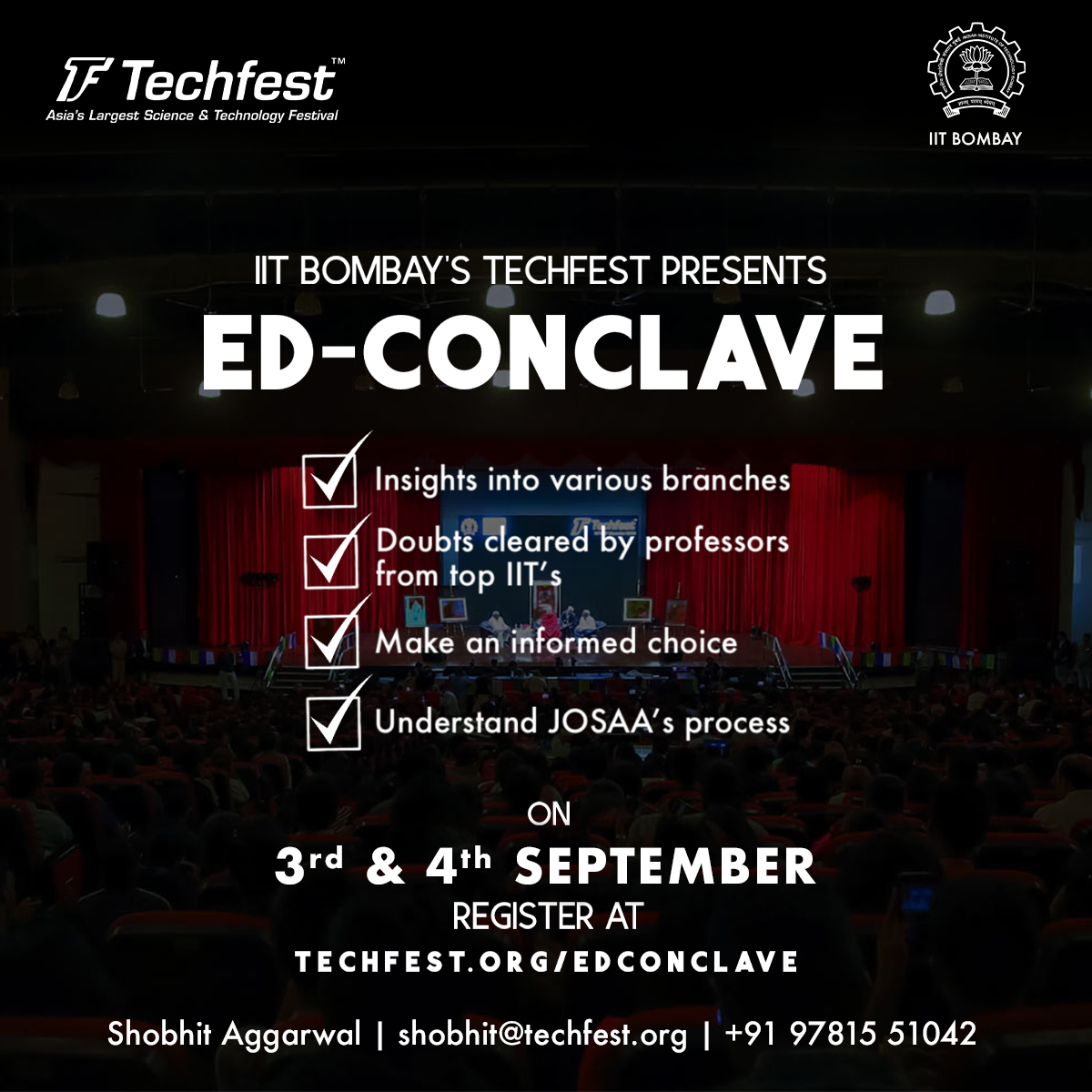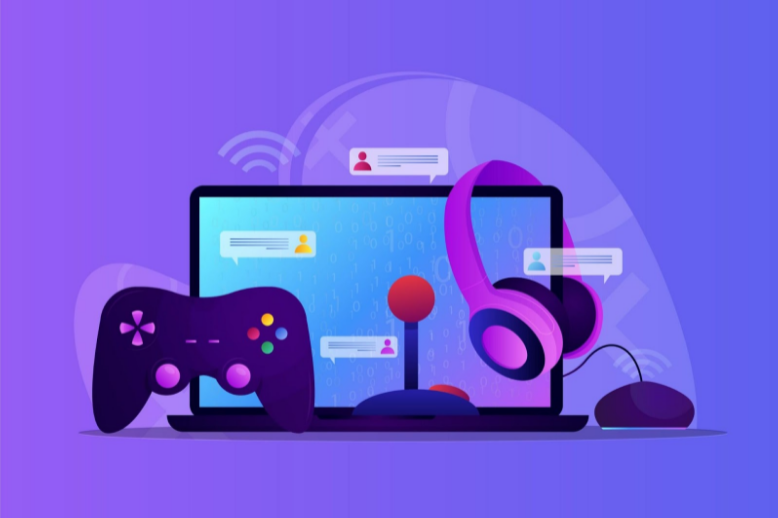Education has remained the pillar of social transformation across the last decades, developing based on the requirements of shifting economies, cultures, and technological revolutions. In India, the process of adjustment accelerated during the recent past, inspired by policy liberalisation, transition to technology, and growing needs for skill development. It is essential that students, teachers, and policymakers learn about this shift due to new learning patterns, pedagogies, and the needs of the labor market.
While previous learning models focused on memorisation and testing, the newer models focus on critical thinking, information technology skills, and flexibility in learning. The shift to personalised, tech-enabled, and inclusive learning is transforming the process of acquiring and applying knowledge. Not just about the application of new tools but remaking the mission and accessibility of education.
Moving away from the conventional models of education
Indian education has been unchanging for decades with students merely receiving information and just repeating it on the day of the exam. The emphasis was always on what to memorise, and uniform curriculums allowed minimal scope for creativity or innovation. This approach limited students’ ability to develop problem-solving skills, which are increasingly valued in today’s job market.
The Right to Education Act of 2009 was a major step towards making education more accessible. This Act gave children from weaker sections of society the right to compulsory and free education. While this was a positive step, factors such as high dropout rates, outdated methods of teaching, and unequal access to resources are still obstacles in making progress. Recognising that education needed to be more inclusive, skills-oriented, and adaptable to change prompted sweeping reforms.
The Role of Technology in Transforming Education
Technology has pioneered the way for learning transformation by overcoming geographical boundaries and enabling students to study beyond the classroom. Students’ interaction with knowledge has been transformed by online learning, artificial intelligence, and interactive systems.
Websites like Unacademy, and Vedantu have offered better quality education to individuals in greater numbers, particularly in those locations where quality instructors and better learning materials were not available. Initiatives by the government like DIKSHA and offering online study material for free, have also contributed significantly to enhancing accessibility of education.
Artificial intelligence has also facilitated personalised learning through learning how students perform and their learning experiences being tailored. Toppr is one company that uses AI to identify learning gaps and offer customised study plans so that students can access differentiated guidance. The move to digital learning, however, has also highlighted the digital divide in the nation, with many students, particularly those living in rural India, not having access to the internet and digital tools.
Policy Reforms Defining the Future of Education
The National Education Policy (NEP) 2020 is one of the strongest steps towards the updating of India’s education system. The policy breaks away from inflexible learning systems and focuses on holistic, flexible, and skill-based education. Some of the provisions it makes are:
- Transitioning from rote learning to competency-based testing, in which students are motivated to use concepts instead of memorising information. Project-based learning and authentic problem-solving activities are being introduced in schools to equip students for their future professional lives.
- Implementation of multilingual education in order to enhance understanding and achievement. Through facilitating learning in their local languages until Grade 5, the policy seeks to include non-English-speaking groups by making education accessible to them.
- Placing the focus on education in early childhood, understanding that basic literacy and numeracy knowledge has to be established at a young age. This is more essential in its function of preventing children from poor environments from falling behind.
The Emergence of Lifelong and Hybrid Learning
Learning is no longer the monopoly of school and college life anymore. The desire to keep honing their skills has made blended learning approaches and lifelong learning programs play more significant roles. Professional working men and women are now enrolling for online certification courses in Coursera, Udemy, and SWAYAM to upgrade their capabilities and stay job market-familiar.
Micro-credentialing has also become a desirable alternative to conventional degree courses. Specialised short-term courses in subjects such as AI, cybersecurity, data analytics, and digital marketing enable students to imbibe skills suited for specific jobs without consuming a full-time degree. Infosys and TCS are some corporate houses that have joined hands with ed-tech firms to offer structured upskilling packages so that the workforce is kept employable.
Hybrid learning flexibility has also extended to rural students. MOOCs have made high-quality education at low costs, free from geographical and economic constraints, available. Internet connectivity problems and poor digital literacy are, however issues that need to be addressed for online learning to be inclusive.
Guaranteeing Equality in Education
Even with progress, educational inequality continues to be an urgent concern. Though city schools enjoy smart classrooms and cutting-edge digital technology, disadvantaged rural communities are left grappling with substandard infrastructure and old-school teaching practices. Closing these gaps needs focused interventions.
Community learning centers have been instrumental in filling the gaps in education.
NGOs such as Pratham have opened village learning spaces, where pupils can access technology and are mentored. Government initiatives such as Beti Bachao Beti Padhao have also contributed towards raising female enrollment levels by providing incentives and scholarships, and pushing gender equality in education.
For handicapped students, assistive technology has provided better access. Assistive technologies like SignAble, providing Indian Sign Language translation for online materials, and audiobooks for blind students, have helped improve learning engagement. Schools and colleges must invest in adaptive technology so that classrooms are made really accessible.
Conclusion
Indian education’s change is more than transitioning to technology—it is about establishing a flexible, inclusive, and competency-based education system that can prepare students for the world’s demands. The National Education Policy and the ed-tech revolution have laid a strong foundation, but sustained coordination amongst educators, policymakers, private actors, and banking institutions will be required to continue the momentum.
With funding for education available through NBFCs and study materials democratised by digital platforms and online marketplace, India can make it possible to have a future where education is not a luxury but a fundamental right. There needs to be a continuous focus on equity, innovation, and lifelong learning so that the education system improves in a manner that will benefit all learners, not by origin.
















